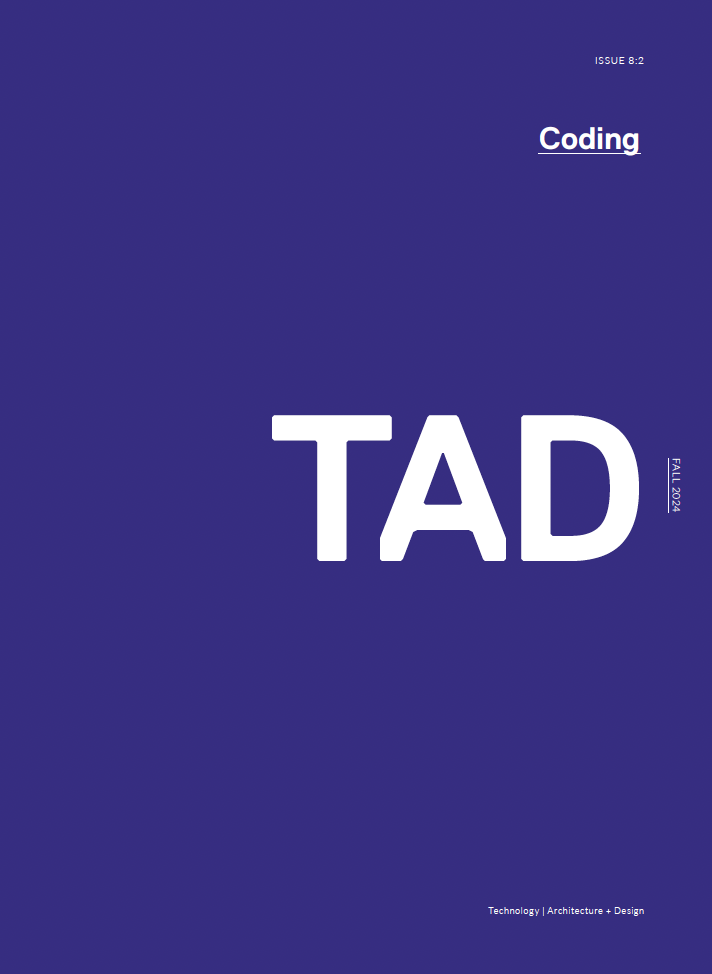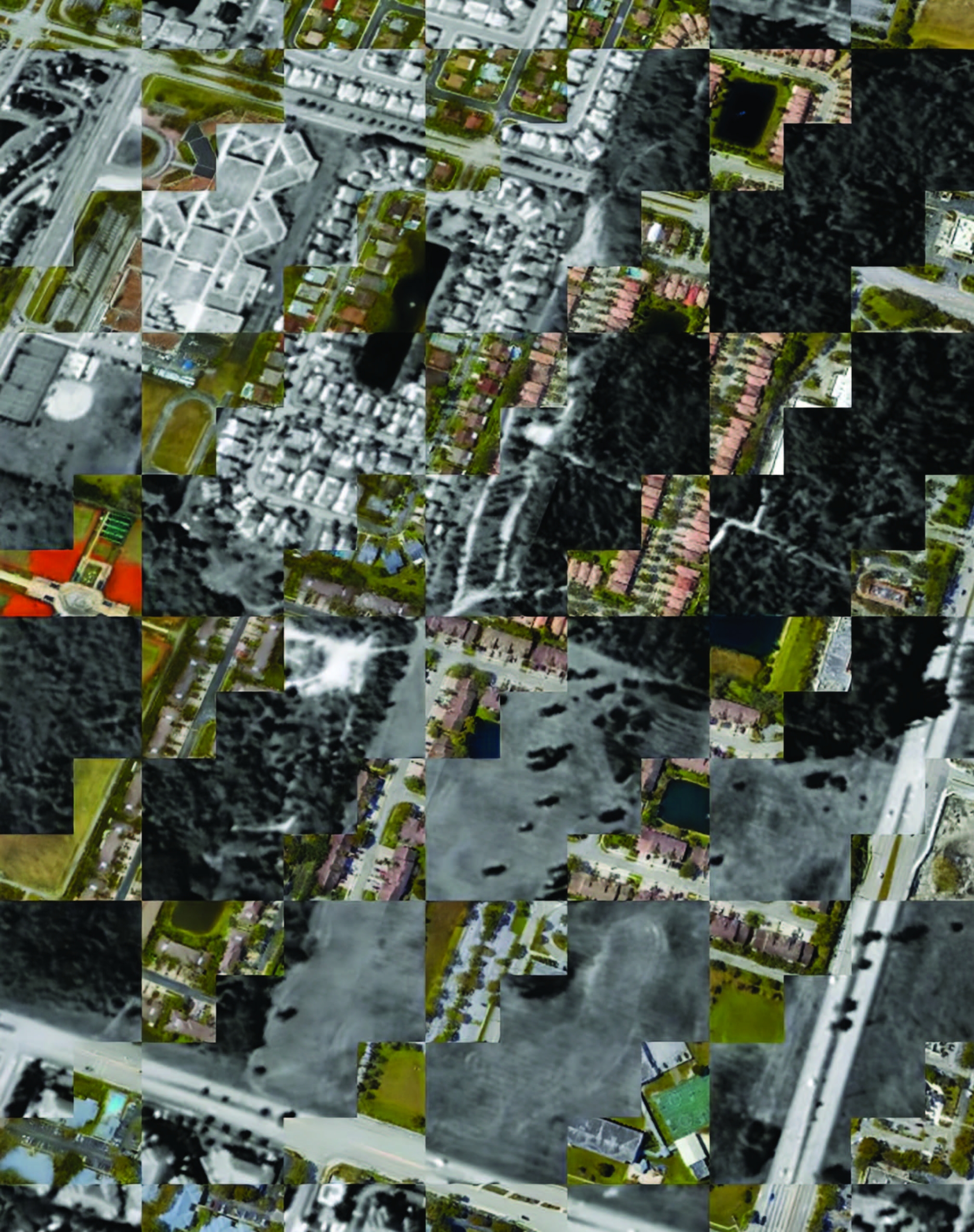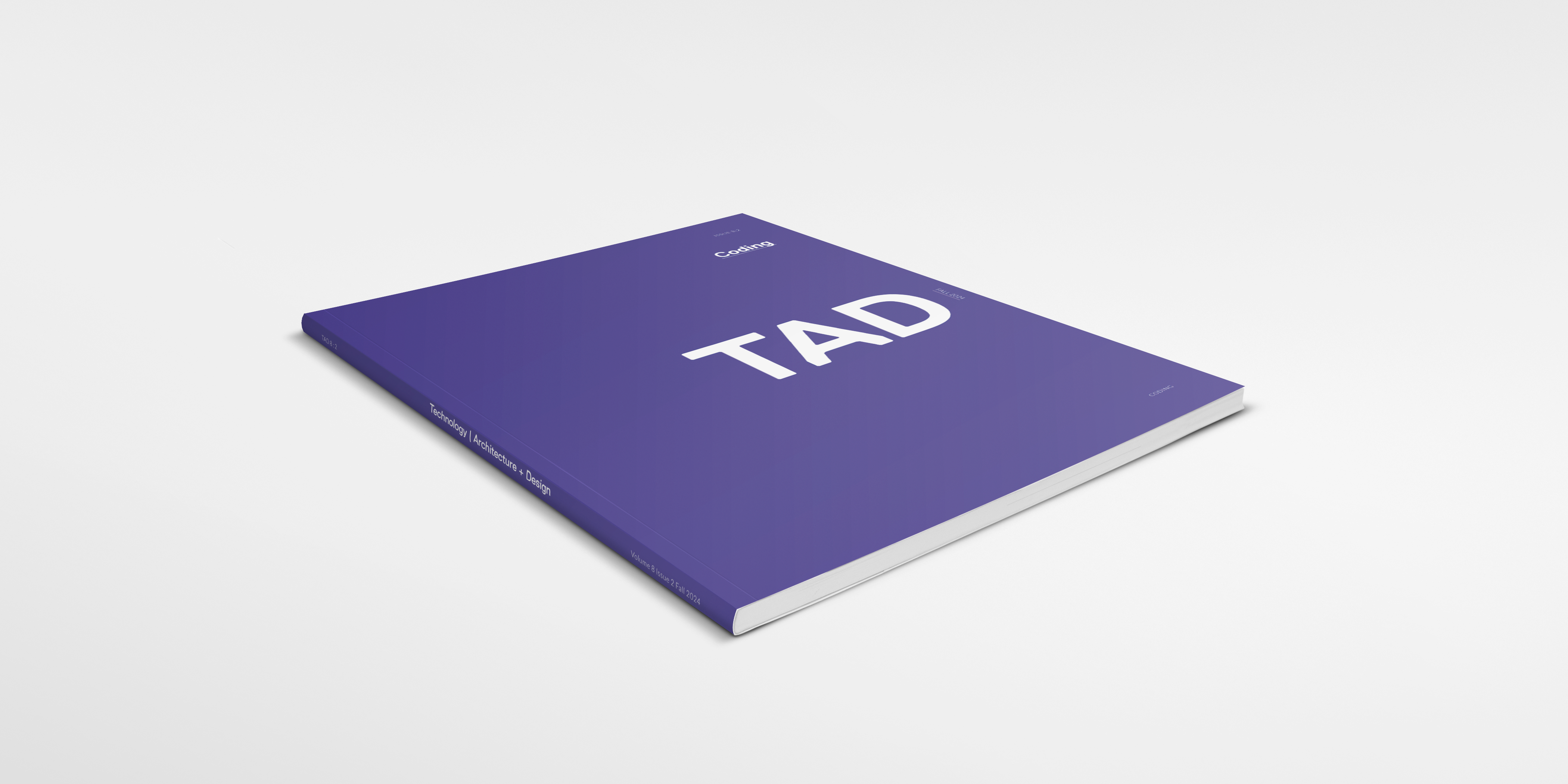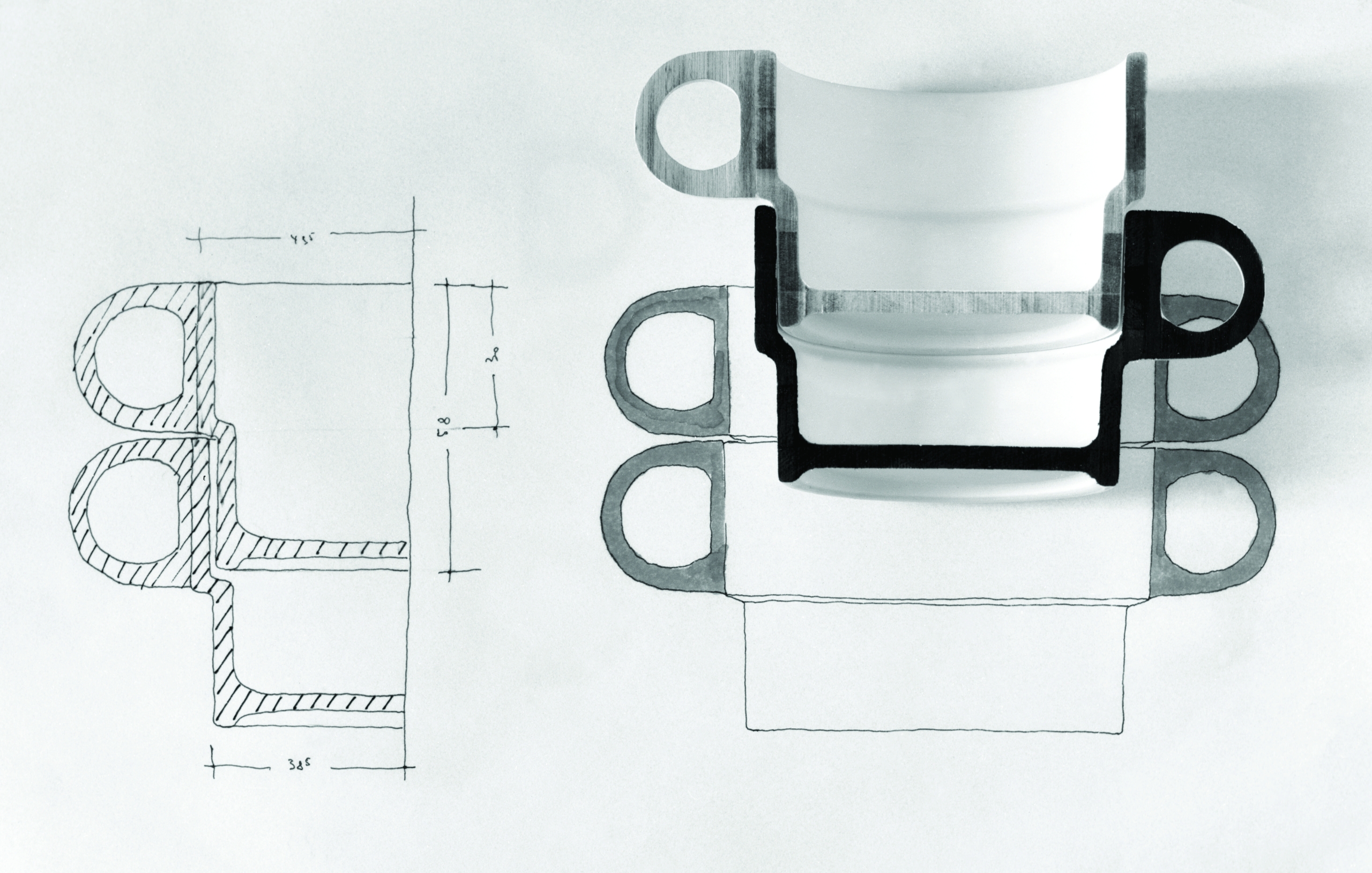Replace the gerund with the verb and coding’s architectural connotations break through. Complying with regulatory frameworks – being “to code” – is a precondition for building; for leaving the drawing board and acquiring material flesh. Writers, enactors, and enforcers of building codes negotiate the bounds of what buildings and cities can and should be within conflictual landscapes of neoliberal capitalism, political lobbying, and social and environmental crises. Coding both engenders and delimits architectural possibility through constraints, rules, minima, and maxima, that designers and architects absorb, at times begrudgingly, through curricula, licensure, and professional practice. Coding also ignites activist and speculative projects that seek to reimagine these regulatory frameworks’ protocols and sociopolitical allegiances.









